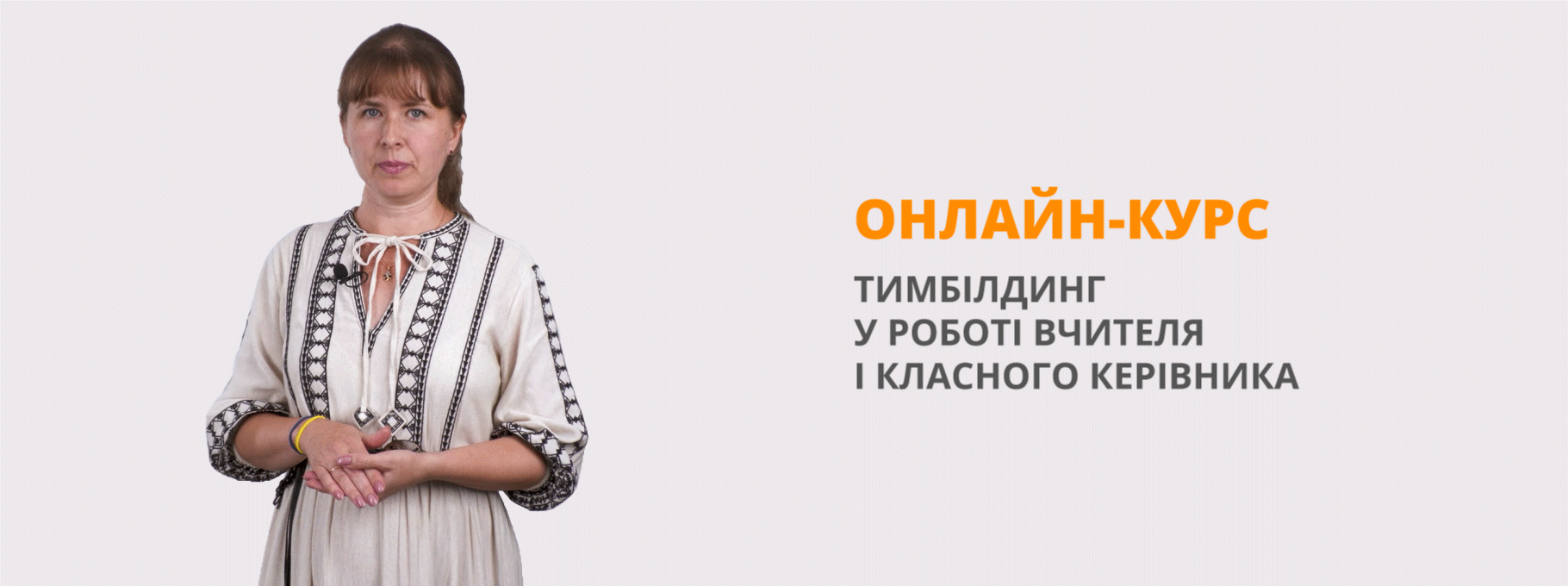Конспекти "HEALTHY FOOD"
Система уроків:
« Формування життєвих компетентностей учнів на уроці англійської мови при вивченні теми « Healthy Food» засобами ІКТ »
Виконали:
Фінчук Г.П.
Почтова Т.В.
Сергійчук Л.О.
Конспект уроку на тему:
"All About Food"
Form 7
Objectives:
- to develop students' listening, speaking, writing and reading skills;
- to activate students' vocabulary on the topic;
- to develop students' creative thinking, their attention and memory;
- to teach cooperation in pair and group work;
- to develop students' abilities to analyse the text and exchange the information;
- to enlarge students' knowledge about different eating styles.
Equipment: a cassette, pictures, cards, handouts.
PROCEDURE
I. INTRODUCTION
T: Good morning, students. I see your eyes are full of a great wish to start our lesson, study English and get good knowledge. Is it really so? Let's start working. Our lesson will be devoted to food. We will talk about healthy food, do a lot of activities and have fun.
II. WARMING-UP
T: Let's begin with listening to the poem "The Food I Like". Students who have got cards A write down the names of t h e days of t h e week, and students with cards B write down the names of t he food.
THE FOOD I LIKE
On Sunday I like meat and chips,
On Monday bread and cheese,
On Tuesday Coca-Cola
And pizza, m-m, yes, please.
On Wednesday it's spaghetti,
And on Thursday eggs and fish,
On Friday I like sandwiches
And ice cream in a dish.
But Saturday is my favourite day.
Oh, yes, it is very nice.
On Saturday it's chicken salad,
Bread and butter, rice.
T: Now let's read the poem. (Students take turns reading aloud.)
T: I wonder if you had breakfast in the morning. Who made it for you?
What did you have for breakfast?
And what do you prefer to have?
III. MAIN PART
1. VOCABULARY PRACTICE
Brainstorming
T: What do you associate the word 'food' with?Individually choose the words you think are the names of healthy/unhealthy products.
Classify these things as healthy (H) and unhealthy (U).
Bread, chocolate, cigarettes, fried eggs, fresh fruit, fresh, vegetables, meat, milk, pasta, tomatoes, sweets.
|
HEALTHY |
UNHEALTHY |
|
|
|
2. LISTENING
While listening
Listen to what Larry and Marie will order at the café and think who will order healthy food.
SCRIPT
Cashier: Next, please.
Larry: Er, I'd like a Mega Prince...
Cashier: With cheese?
Larry: Yeah, with cheese, please, and, er, French fries a mega portion... and, er, a chocolate ice cream sundae and a mega coke.
Cashier: Mega Prince with cheese, mega French fries, chocolate ice cream sundae, mega coke. Next, please.
Larry: What are you having, Marie?
Marie: Er, well, I'll have a tuna salad, I suppose, and a bottle of mineral water, please.
Cashier: Tuna salad, mineral water. Next, please...
T: Who ordered healthy food?
3. READING
T: Read the text to find out if it mentions your ideas. Ex.1b, p.64.
4. SPEAKING
T: Work in pairs. Answer the questions. Ex.2, p.65.
IV. SUMMING-UP
1.Homework. WB ex.4, p.37.
2.Summarizing:
T: Tell me what we have done at the lesson. What did you like most? And who would sum up what food is considered to be healthy and what food you like to eat.
«Food For Health. Food Pyramid»
( Form 6 )
Мета:
освітня: узагальнити лексичний матеріал з теми «Food.Food Pуramid.»;
ввести й активізувати нові ЛО з цієї теми;
Продовжувати формувати навички читання та перекладу;
розвивальна: розвивати мовленнєві вміння;
заохочувати в учнів піклуватися про своє здоров’я, правильно харчуватися;
виховна: виховувати бажання дотримуватися здорового способу життя.
здоров'яформувальна: продовжувати тренувати комплекс фізичних вправ впливаючих на поліпшення учбового процесу;
Обладнання: підручник, зошит, роздавальний матеріал, картки з теми.
Хід уроку.
І. Підготовка до сприйняття іншомовного мовлення.
1.Greeting and Aim.
T: Today we’ll speak about health and food. You know that health above the wealth. Our food help us to keep our body strong and energy. Let’s revise a food we use in a daily meal:
![]()
![]()
![]()
![]()
![]() Food
Food
2.Warming-up. Say what we can do with these foods?
Steam, fry, grill, bake; boil; stew; roast;
3.Check on Homework
Ex.4 , p.94.
4. The Rebus Game
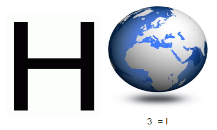
![]()
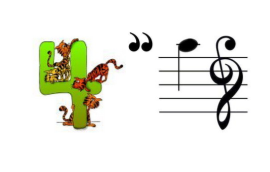

II. Основна частина уроку.
1.Vocabulary.
T: People eat to have energy. We use the word calories
When we talk about energy. Besides calories food has other use food thing. There are: proteins, fibre, minerals, carbohydrates, vitamins fat; to grow [grou] рости.
2.Reading
Pre-reading.
T: What do you know about Food Pуramid?
Reading
T: Look at the screen, read and describe the 5 different food groups.
After reading.
T: Think and name all groups of Food Pуramid.
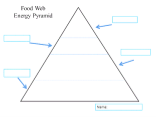
3. Speaking.
T: Read and say who eats potatoes (fish, eggs, chocolate, cheese). Say who never eats sweets (cakes, meat). Ex.4, p.96.
4.Writing.
T: Write in your CB what do you eat and drink?
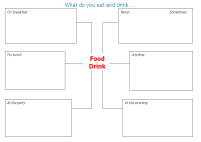
T: Do the questionnaire.
III. Заключна частина уроку.
1.Homework. PB ex.6, p.97.
2.Summarizing:
T: 1)What have you burned at the lesson today?
2) What new information did you know about your body at this lesson?
3) Did you like the lesson?
ДОДАТКИ
Do the questionnaire.
ARE YOU HEALTHY?
1. How often do you do exercise?
a) Less than an hour a day.
b) Five hours a week.
c) More than five hours a week.
2. How often do you eat cakes, biscuits and sweets?
a) Six times a day.
b) Three times a day.
c) Less than once a day.
3. How often do you eat fruit and vegetables?
a) Never.
b) Once a week.
c) Every day.
4. How often do you clean your teeth?
a) Never.
b) Three times a week.
c) Twice a day.
5. How much do you sleep?
a) Less than five hours a night.
b) Seven hours a night.
c) Ten hours a night.
6. How much do you watch TV?
a) More than four hours a day.
b) Two hours a day.
c) An hour a day.
Score. Count how many As, Bs and Cs you have.
Mostly As - You are not very healthy at all. You need to do more exercise, watch less TV, and eat better food. Think about it.
Mostly Bs - Not bad, but you can do a lot better to improve your health. Think about what you eat and the exercise you do and try to improve.
Mostly Cs - You are a very, very healthy person. Good for you.
Конспект уроку на тему:
“ Healthy Food”
Form 8
Мета:
Практична: повторити вивчені у попередніх класах назви продуктів та ввести нові лексичні одиниці до теми, формувати навички читання з повним розумінням прочитаного;
Освітня: поглибити знання учнів про класифікацію продуктів харчування;
Розвиваюча: розвивати мовну здогадку та мовленнєву реакцію;
Виховна : виховувати культуру спілкування , прищеплювати прагнення використовувати здобуті знання як засобу інтелектуального самоствердження.
Обладнання: лексичні картки до теми, аркуші з таблицею для роботи у групі.
Хід уроку.
І. Підготовка до сприйняття іншомовного мовлення.
1.Greeting and Aim.
T:How do you do, my dears? Are you in a good mood? Are you ready for the lesson? We have got an interesting and unusual lesson today. So, go ahead!
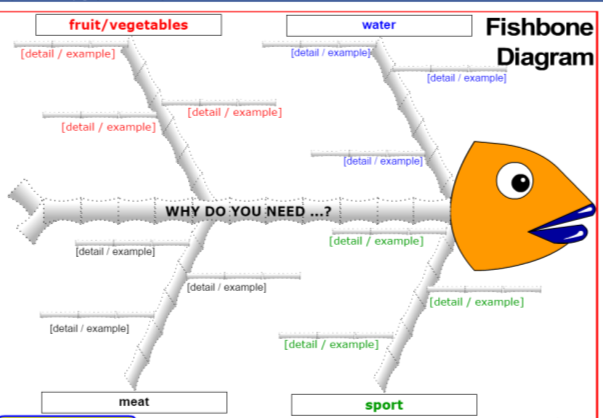 2.Warming-up.
2.Warming-up.
Read the follow proverbs and explain their meaning.
An apple a day keeps the doctor away.
Good health is above wealth.
After dinner sit a while, after supper walk a mile.
Laughter is the best medicine.
Many doctors have killed the king.
A merry heart is a good medicine.
A sound mind is in a sound body.
3.Check on Homework.
T: And now we check up your homework. Ex.3, p.34.
II. Основна частина уроку.
1.Vocabulary.
T: Choose the right meaning for the words in bold. Ex.6, p.36.
2. Speaking.
Try to answer the questions:
What is your favourite food? What food do you hate?
Ask the same questions the other pupils of your group to fill in the table.
|
|
|
|
|
|
|
I like |
|
|
|
|
|
I hate |
|
|
|
|
|
The typical pupil of our group likes |
|
|
The typical pupil of our group hates |
|
3. Grammar Practice.
T: Look at the screen and do the grammar exercise. We’ll remember using “ much, many, little, a lot of ”.
Complete these healthy eating tips using much, many, little, a lot of.
Don’t Forget:
- Too ----- food makes you slim.
- Too ----- food makes you fat.
- Too ----- sweets are bad for you, especially for your teeth.
- Eat ----- high fat food and ----- fibre.
- ----- fruit and vegetables keep you healthy.
KEY: Don’t Forget:
- Too little food makes you slim.
- Too much food makes you fat.
- Too many sweets are bad for you, especially for your teeth.
- Eat little high fat food and much fibre.
- A lot of fruit and vegetables keep you healthy.
4. Listening.
T: Guess whether these sentences are true (T) or false (F).
- Eating junk food is a great passion of people.
- A lot of people have ever enjoyed a hamburger.
- The American habit of eating popcorn at the movies is not well-known.
- Junk food has is rich in vitamins and minerals.
- Junk food has poor nutrition and that’s why is unhealthy.
- Junk food doesn’t cause diseases.
- Junk food is attractive.
- T
- T
- F
- F
- T
- F
- T
III. Заключна частина уроку.
1.Homework. Ex.7, p.36.
2.Summarizing:
T: It’s all for today. I’m sure, now you can eat your food like ladies and gentlemen.
The wise man should consider that health is the greatest of human blessings.
Let food be your medicine.

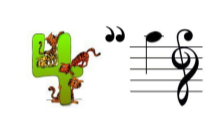 Конспект уроку на тему:
Конспект уроку на тему:
«Food. Fruit and Vegetables»
( Form 5 )
Мета:
Практична: повторити вивчені у попередніх класах назви продуктів та ввести нові лексичні одиниці до теми, формувати навички читання з повним розумінням прочитаного, повторити злічувальні та незлічувальні іменники;
Освітня: поглибити знання учнів про класифікацію продуктів харчування;
Розвиваюча: розвивати мовну здогадку та мовленнєву реакцію;
Виховна : виховувати культуру спілкування , прищеплювати любов до здорової їжі.
Обладнання: лексичні картки до теми, підручник, робочий зошит, роздатковий матеріал.
Хід уроку.
І. Підготовка до сприйняття іншомовного мовлення.
1.Greeting and Aim.
T: Look at the pictures on the blackboard and try to guess the topic of the lesson. Use the first letters of the words.
Fish Onion Omlette Desert
You are right. It is food. So the topic of our lesson is “Food.” And the food that we have for breakfast.
2.Warming-up.
There you see a boy. His name is Paul. He eats a cooked breakfast every day. He eats a small lunch. In the afternoon he often has tea and biscuits. In the evening, when he is hungry, he eats a big dinner. In winter he has a hot drink at bed-time. Now look at the board and make your own sentences about Paul.
Make the sentences
Paul always eats tea and biscuits
never drinks a cup of tea
sometimes has an omelet
a small lunch
salad
a big dinner
And what about you? What do you usually eat and drink?
II. Основна частина уроку.
1.Vocabulary.
T: Match words with the pictures. Ex.1a, p.102.
And now say what fruit and vegetables you like?
2.Reading
Pre-reading.
T: Look at the pictures for two minutes. Close the book and name all the things you remember. Ex.2, p.102.
Reading
T: Now let`s read a text about English meals.
English Meals
The English take four meals a day: breakfast, lunch, tea and dinner or supper. In England breakfast time is between seven and nine, lunch time is between twelve and two, tea is between four and five and dinner or supper time is between seven and ten.
In some English houses lunch is the biggest meal of the day – they have meat or fish, vegetables, fruit or pudding.
Some people who go out to work have sandwiches and coffee.
In the afternoon, at tea time the English, as you know, like to have a cup of tea with milk.
Some Englishmen have theirdinner late in the evening. For dinner they have soup, fish or meat, vegetables, pudding and fruit.
For supper they usually have a glass of milk and a cake or a cup of tea and a sandwich.
But there are people who like to have some more things to eat for supper – cold meat or fish. Then they usually try to take a good walk after supper: “after dinner sleep a while, after supper walk a mile”, the English proverb goes.
After reading.
T: Answer my questions:
- How many meal do the English have a day? What are they?
- What time do the English have breakfast?
- What time do the British have lunch?
- What time do the British have dinner or supper?
- What do they have for lunch?
- How do they like to drink their tea?
- What do they have for dinner?
- What do they have for supper?
- What does the English proverb go?
3. Grammar Practice.
Grammar Rules: Злічувальні та незлічувальні іменники
Якщо ти можеш порахувати речі, які позначають іменники, то ці іменники – злічувальні (countable): one apple, two apples, three apples (мають форму множини).
Якщо ти не можеш порахувати ці речі – то це незлічувальні іменники (uncountable): cheese, meat, money (не мають форми множини)
These things are usually uncountable:
Kinds of drinks: milk, tea, coffee …
Kind of food, which you eat only part of a time: cheese, fish, meat…
Materials: paper, plastic, iron, gold…
Some other things: music, money, information, news…
T: Classify these things as countable (C) and uncountable (U).
Bread, chocolate, cigarettes, fried eggs, fresh fruit, fresh, vegetables, meat, milk, pasta, tomatoes, sweets.
3. Listening.
T: You are going to listen a text, but before that let`s remember some words.
- To be hungry – бути голодним
- To be thirsty – хотіти пити
- Burger – бутерброд
Lunch at School.
Twelve o`clock is the time for lunch in our school. Children are running to the school cafe. They are thirsty and very hungry. Today they have some potatoes and some fish, a glass of tea and some biscuits for their lunch. There are also different kinds of burgers, pizzas and salads. Pupils can buy bottles of water, cans of lemonade or cartons of juice. My friend Pete likes to buy a bar of chocolate or a box of sweets. We like to have lunch at school.
Checking of understanding: Now let`s see how you understand the text. Do the test.
Test
1. Children can have lunch at …
a. School b. home c. work
2. They have lunch at …
a.12 o'clock b. 1 o'clock c. 2 o'clock
3. The pupils … after the lessons.
a. Go home b. do homework c. are hungry
4. Today they have …
a. Some potatoes and some fish
b. Some rice and some salad
c. Some porridge and some meat
5. Pupils can buy …
a. Flowers b. bottles of water c. some butter
6. My friend Pete likes to buy…
a. Oranges b. chocolate or sweets c. juice
7. We like to have lunch at …
a. Home b. the lesson c. School
Take your neighbour`s test paper and give yours instead and check.
1.a 2.a 3.c 4.a 5.b 6.b 7.c
4.Writing.
T: Guess the “ Food Riddles”. Ex.3, p.103.
III. Заключна частина уроку.
1.Homework. Write 6 sentences about your breakfast.
2.Summarizing:
T: Did you like our lesson? What was the most interesting?


про публікацію авторської розробки
Додати розробку
